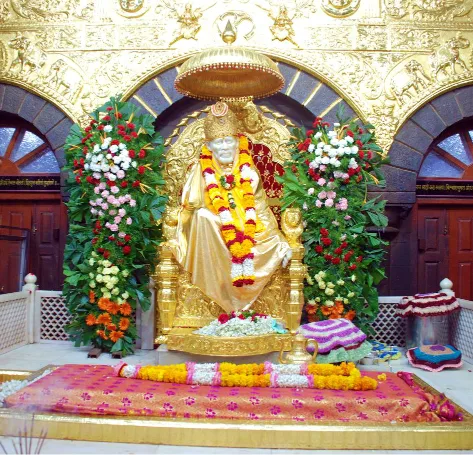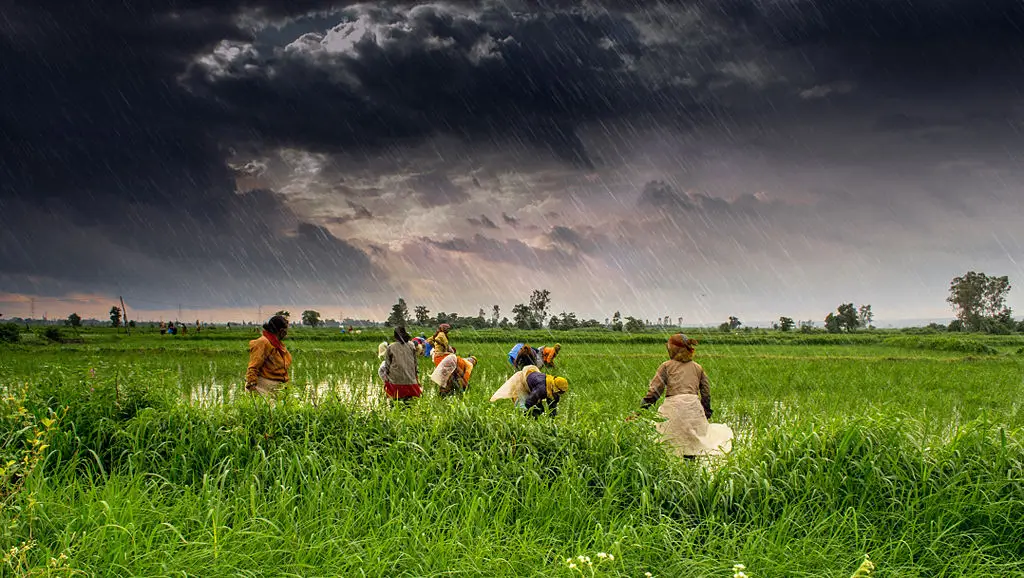
Rural India is a magical place that touches on every sense. From the minute you set foot to these villages, watching the winding roads and the changing vistas from the window, you are hit with that exhilarating sensory overload. The beautiful bright hues of the sarees, the divine smell of local cuisines, the sight of farmers working in the fields, women walking towards the central well of the village; never do I feel more alive than at the countryside. This is where one can find the opulence of nature and heritage twisted into a shimmering wand of wonder. Be it colour, the scent of spice or the soil after rainfall, the raw rusticity of rural travel in India will keep you glued in to the magic of rural travel. Full of colour, fragrance, dew, sound, and flavours, the belts of rural travel in India would cater to all your senses and leave you spellbound.
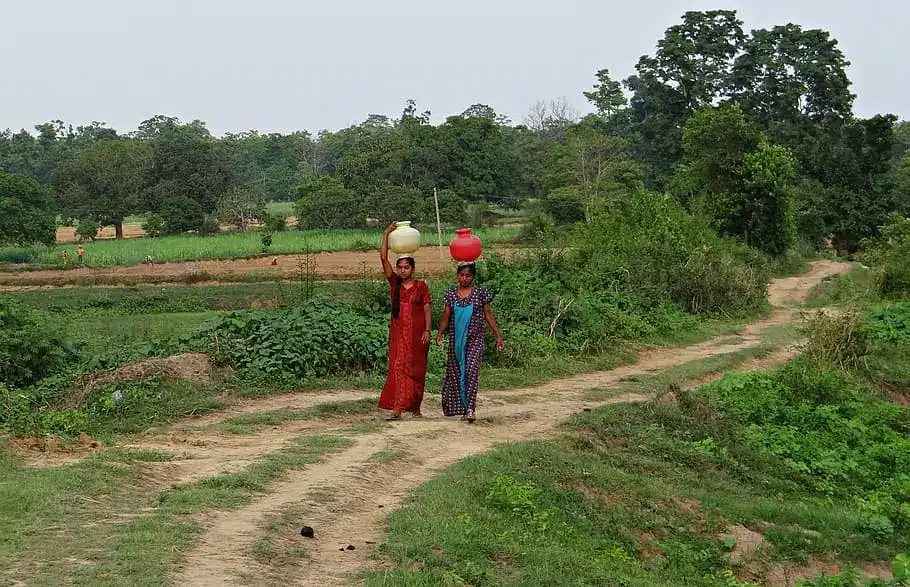
The memories of my childhood days spent at Kanyana Village in southern Karnataka are still fresh in my mind. Brilliant blue skies formed a perfect backdrop to the summer’s lingering grip upon the isolated, remote village. Now living in a city, during summers, I sorely miss the green surroundings and the fresh produce from my village. My earliest memories were of going back to my ancestral village during the summer vacation. I recall enjoying mangoes from my grandmother’s orchard and chasing behind the goats that she gave me to herd. There was something magnificent about watching the stars in the clear night sky as I laid on my rustic cot on the open terrace of the house.
The misty mornings, the aroma from the kitchen and the chirping birds reminded me how lucky I was to spend my days in the village. Whenever it rains in the city, I feel nostalgic remembering the incessant rains in my grandmother’s village. If you are a nature lover and want to explore the beautiful countryside in Karnataka then you must never miss the rainy days in Kanyana!
[Also Read: 15 Must-Visit Picturesque Villages of India]
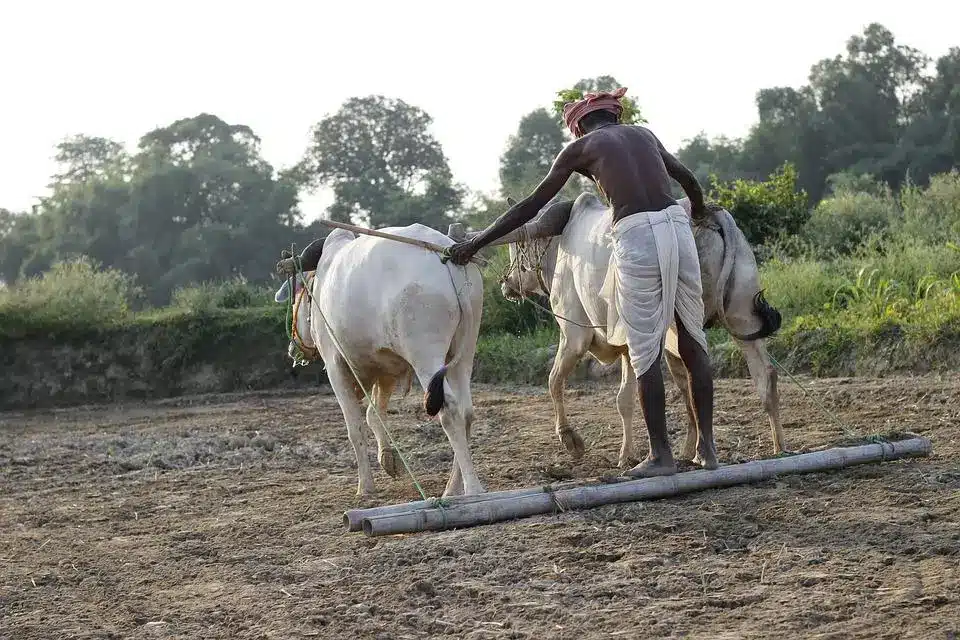
My fondest childhood memory is when my brother and cousins spent the summer vacations in the village, playing with carefree abandon, climbing mango trees, dangling precariously on branches trying to pluck that elusive mango and throwing stones aiming at the high rise mangoes, all this when the elders were taking an afternoon nap. I recall running behind the ice cream cart and having a dilemma trying to pick between ice cream, kulfi, gola or popsicles to beat the scorching heat!
I also remember hiding under the bridge with my cousins, listening to a boombox we brought with us, fully stocked with batteries. The music of the 90’s beguiled us as we laughed and joked during the hot summers. My grandad was a rice farmer and grew brown rice. I remember saying to my dad, “I can’t eat this.” His reply was a firm, “You’ll eat what you’re given.” I remember the explosion felt by my taste buds as it blended in perfectly with the curry prepared by my grandma out of horsegram. The taste of her Neer Dosa, Kori Rotti, Patrode, Chicken Ghee Roast, Chicken Sukka, and Bangude Pulimunchi still lingers in my tastebuds!
[Also Read: 10 Indian Food Items That You Must Try Once In A Lifetime]
On one of those holidays, my father sneaked me into the village market where girls didn’t usually go. All the men were drinking sweet tea and eating lentil pakoras, which came wrapped in a bit of greasy newspaper. It felt like the best thing ever because I’m reminded of the golden days I spent with my dad, exploring a village that was a feast for all the senses.
One midnight, the entire family had gathered in the ancestral house after a long time. When I opened my eyes for a brief moment, I saw an image that has remained in my mind as one of the most fascinating visuals from my childhood. There was a man in a trance dancing to the rhythmic beats of the drums, his colourful costumes and accessories glowing in the light of burning torches, his painted face glistening with perspiration, and a sword in his hand. This is my earliest memory of ‘Bhoota Kola‘ or the ritual of spirit worship, a tradition that is one of the hallmarks of the culture of Tulu Nadu, the region comprising the coastal districts of Dakshina Kannada and Udupi in Karnataka and Kasaragod in Kerala where Tulu is spoken.
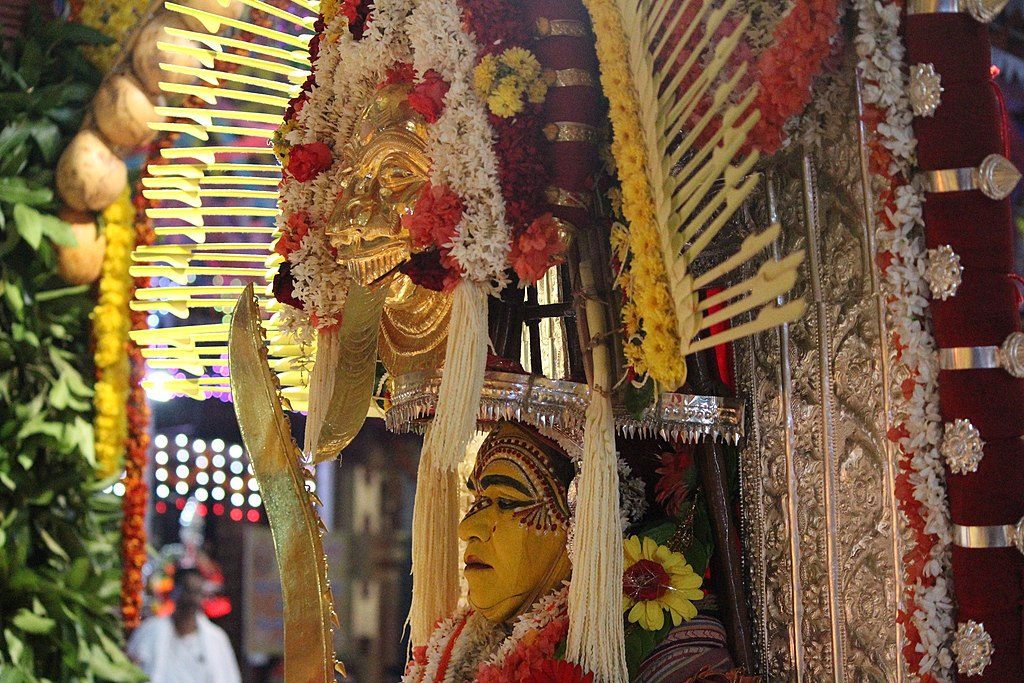
Bhoota Aradhane, or spirit worship, which unites all Tuluvas regardless of caste or class, is an excellent example of this timeless bond between man and nature. The word Bhoota means ‘of the past,’ referring to the spirits of the dead, and Kola means ‘playing a role‘. Unlike the usual meaning of ‘demon,’ the word Bhoota here has a positive connotation. A Bhoota Kola is a ritual in which spirits are invoked to appease them and obtain their blessings for the community. The significance of the colours used in the ritual is truly fascinating. I recall being scared at first and hiding behind my grandpa, but then I slowly saw myself blending in with the festivities and falling in love with the colours and the energy channeled, which was simply euphoric!
[Also Read: Thimithi: The Fire-Walking Festival of India]
Whenever I think about those years, I remember good times and pleasant memories of family and friends. I blended in with them and was accepted as part of the village. Their families were mine and my parents held a special place in their hearts for the people of the village. As I take a moment to recapture the summer joys of laughter and innocence, the scent of cattle fodder and mangoes ripening, sights of coconut trees and bullock carts, the distant tinkling sounds of oxen’s bells, the weekly village fairs and festivities, I can’t help but marvel at the simplicity of life. Wasn’t life so simple those days?
The memories we hold wait for us to resurrect and share with others throughout our lifetime. Memories are gifts. I think back to the time in Kanyana and feel blessed to walk among my friends, crunch through the fields, and wade in the overflow of the spring thaw.
To recreate the magic of visiting your ancestral village, a rural travel enthusiast and a chef take the road less travelled, into the treasure trove of tribal haats, rolling hills of the Eastern Ghats, indigenous agricultural produce, and delicious tribal cuisine. The itinerary begins at Bhubaneswar in Odisha and ends in the beautiful Araku Valley in Andhra Pradesh. A road trip down these off-the-beaten paths above clouds to scenic landscapes seeks to soak in the raw experience of rural travel in India. From mysterious, unexplored wonders to a cultural heritage that will leave you inspired, Savaari will drive down narrow rural back roads, past unspoilt landscapes of swaying palms, rice fields, and mud huts.
Brace up for #ChasingRuralSummersWithSavaari


